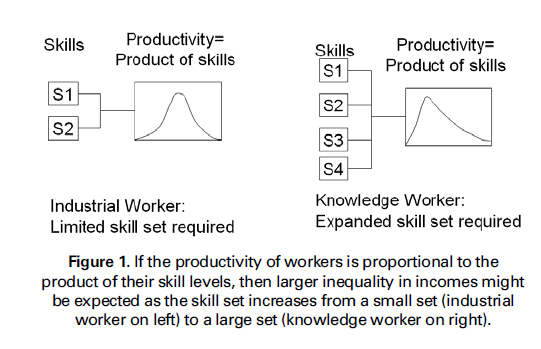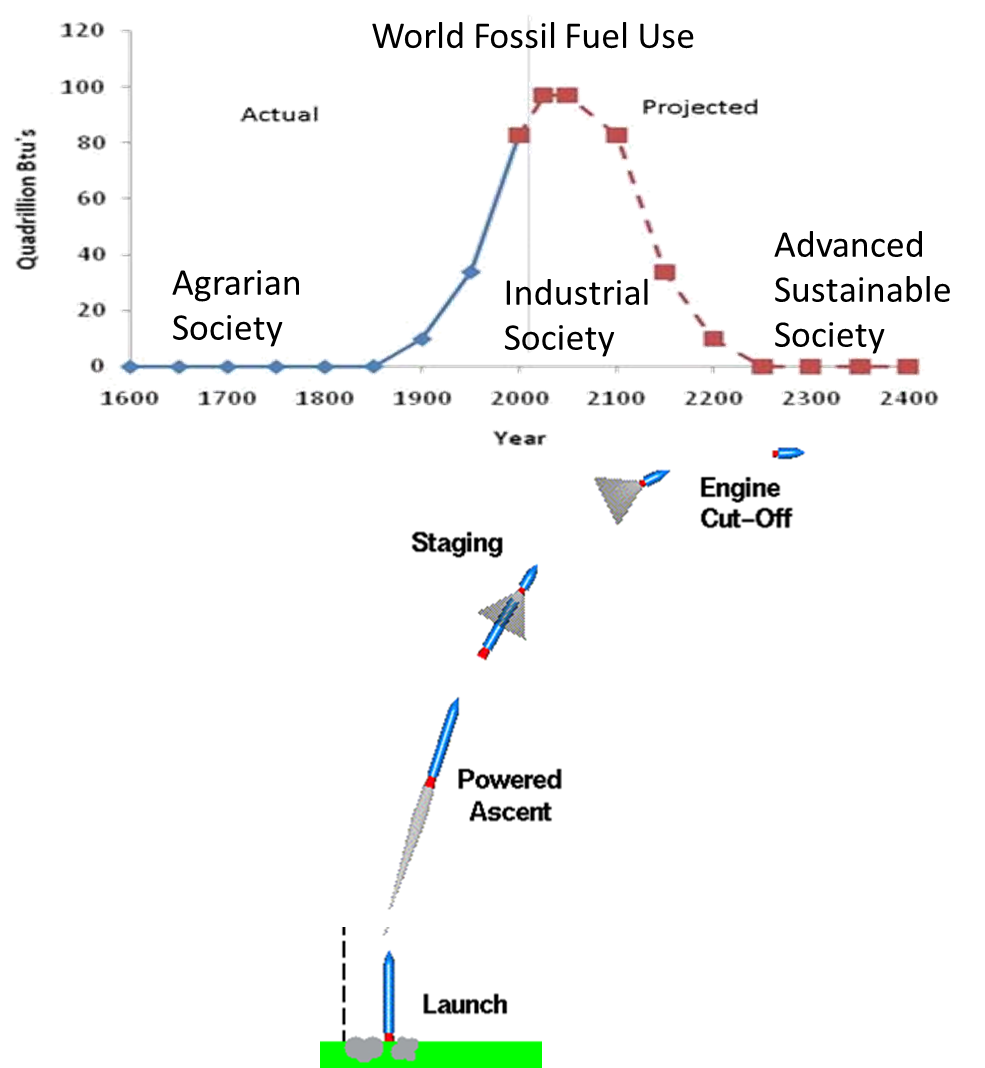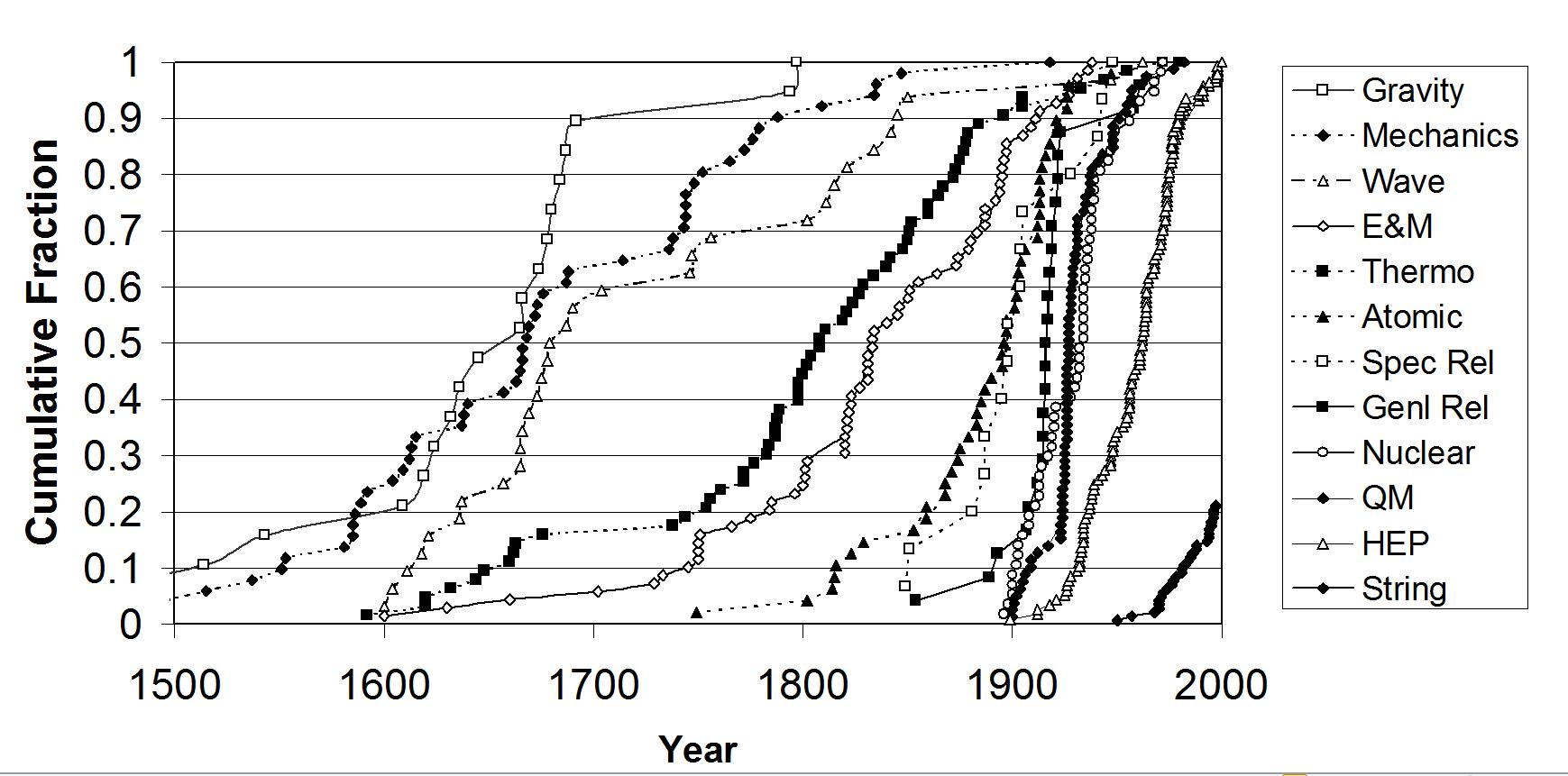The path leading to today's technological society has gone through several phases of evolution. Carl Sagan distinguished three main phases of evolution: biological evolution, development of the human mind, and human civilization. In each phase, the mechanism for storing and transmitting information radically changed. In biological evolution, DNA maintains the data and is expressed through proteins. In brain evolution, memory stores the data and cultural training passes the information. In human civilization, various means of abstract recording, e.g., writing is used and passed through books.
From the formation of the earth about 5 billion years ago, these three phases occur with almost equal ratios of durations, with transitions roughly 5 million and 5,000 years ago.
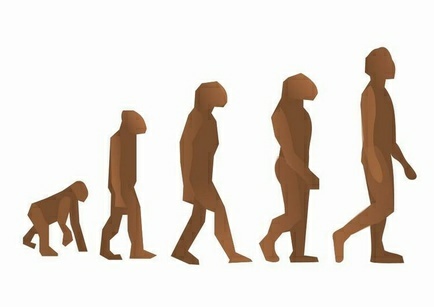 The Magic of 10's of Billions in Complex Systems?
The Magic of 10's of Billions in Complex Systems?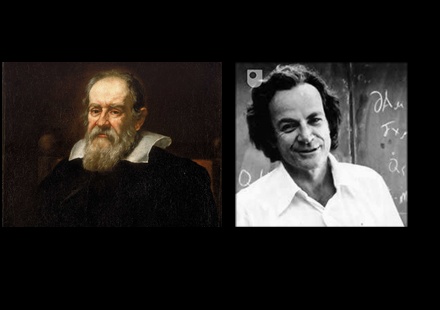 Handshake Chain Through History
Handshake Chain Through History


